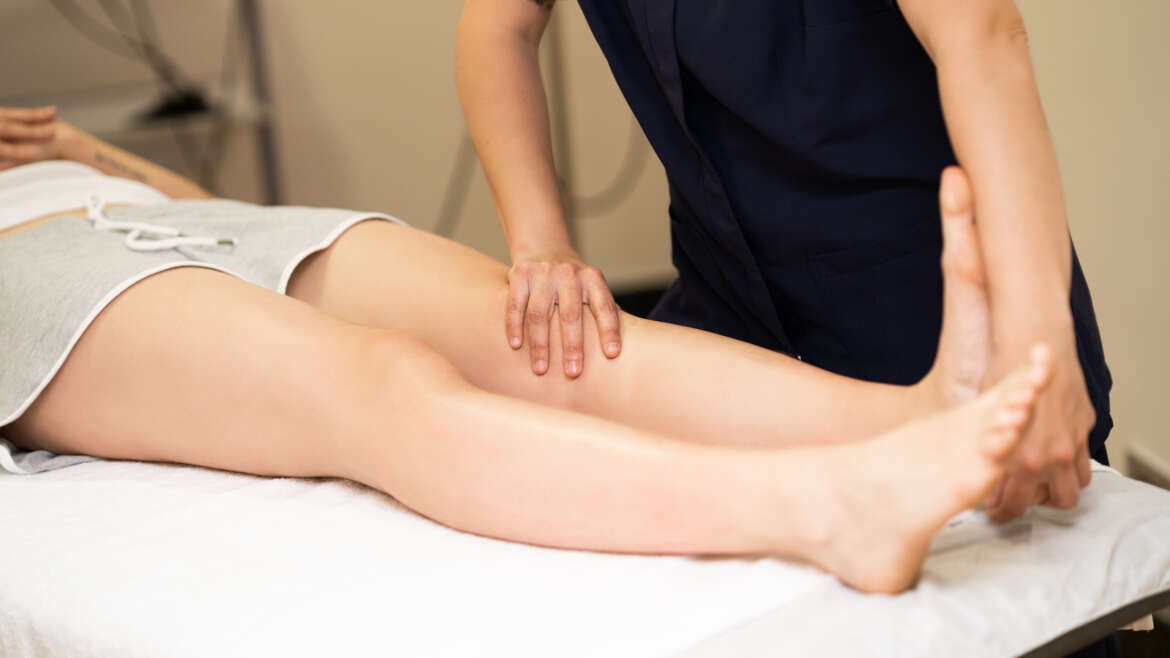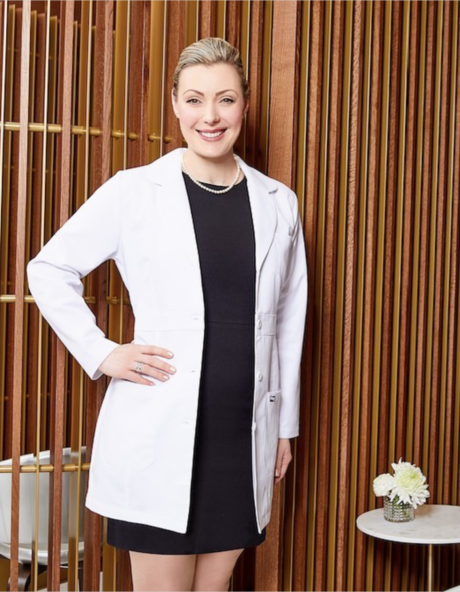Sclerotherapy: Get Rid of Troublesome Veins
Do you have large, raised, and swollen blood vessels on the legs which you undoubtedly wish to eliminate? Worse, you may also have those annoying little veins that are visible on the skin.
Getting rid of those huge unsightly veins, called the varicose veins, and its smaller cousins, aptly called spider veins, requires medical assistance.
Luckily, the prescribed treatment is non-surgical and only requires an injection, which can also treat disorders in the blood and lymph that causes these vessels to form incorrectly.
What is Sclerotherapy?
With sclerotherapy, the doctor injects an irritating solution called a sclerosant into the blood or lymph vessels to cause them to get inflamed.
The swelling will obstruct the blood flow or movement of the lymphatic fluid, causing the vessels shrink.
By shrinking the veins, the effects of vein damage are reduced, making varicose veins less painful and visible.
This procedure is also used to remedy other conditions, such as:
⦁ Hemorrhoids
⦁ Hydroceles
⦁ Deformed lymph vessels.
What Causes Varicose Veins?
Varicose veins are caused by swelling and bulging veins, usually in the legs due to weak vein walls that, in turn, weaken the vein valves. Consequently, the blood accumulates in the veins that cause the swelling.’
Varicose veins, also known as chronic venous insufficiency, may also be painful and can cause skin problems, such as rashes.
When to Consider Sclerotherapy
There are other more affordable and less invasive treatments than sclerotherapy.
So, not everyone who has conditions that could be treated with sclerotherapy should pursue it.
Make sure that you discuss treatment options with your doctor to determine if it is the best course of action.
However, if you experience pain, your legs are sore, there are raches near the veins or the skin on the legs dry, then you should consider sclerotherapy.
What to Expect from Sclerotherapy
Usually done in the office of a dermatologist or vein specialist, sclerotherapy does not usually require anesthesia.
When the doctor injects the vein with an irritating solution, the patient may experience a burning or tingling sensation.
After the injection, the doctor massages the target area to keep the blood from re-entering the vein.
Patients may need to wear a pad or compression stockings after the procedure.
Patients should be active to keep blood clots from forming and avoid sunlight to prevent dark spots forming on the treated area.
Bruising or tenderness at the treatment site is not a cause for worry, as it subsides easily.
Risks in Sclerotherapy
The procedure has a 75 to 90 percent success rate, but there are usually multiple treatments involved.
If sclerotherapy fails, then surgery may be needed.
Other than bruising, redness, and pain in the treated area, common near the injected vein, another common negative reaction is the development of small branches of blood vessels around the treated vein. But these small branches disappear on their own.
In some cases, the patient may experience allergic reactions to the solution, changes to skin color, and burning in the vein.
If air bubbles from the needle reach the bloodstream, it may cause headache, nausea, and changes in vision.
There are also rare cases when a blood clot forms in the treated vein. This can be life-threatening if it reaches areas of the body and causes an embolism.
Goodbye to Troublesome Veins
If you find your troublesome vein to be unbearable, the good news is that you have a minor and non-invasive solution in sclerotherapy.
It’s a bonus that side effects in this procedure are rare.
Yet, it’s best not to rush in getting this treatment.
Check it out with a physician first, and ask about your options.
Frequently Asked Questions
Sclerotherapy is typically done in your doctor’s office and doesn’t require anesthesia. It generally takes less than an hour to complete.
If you were treated for small varicose veins or spider veins, you can usually expect to see definitive results in three to six weeks. Larger veins may require three to four months. However, multiple treatments may be needed to achieve the results you want.





